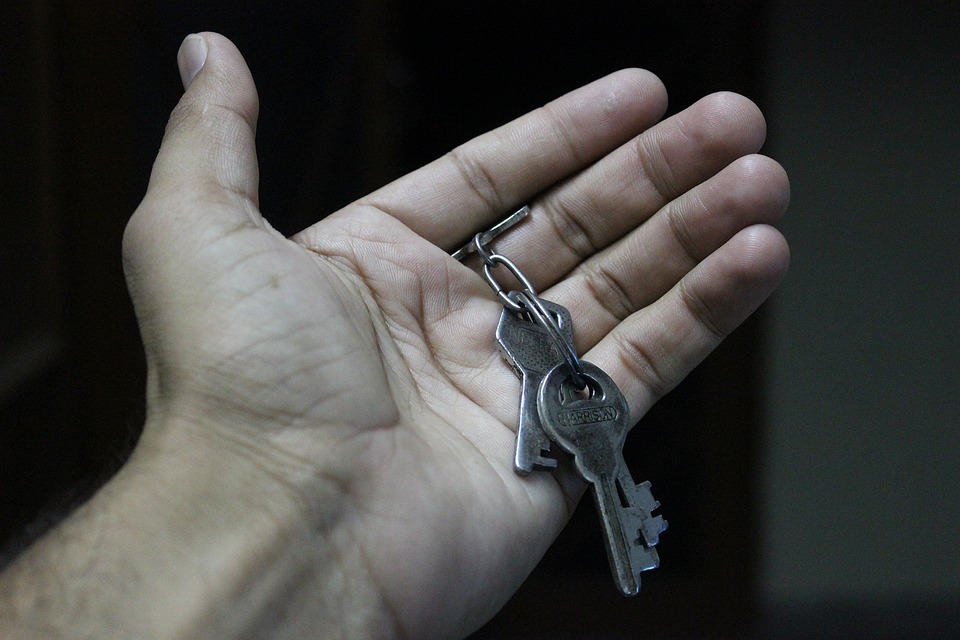Title: The Rosetta Stone of Egyptian Culture: The Evolution of Music, Dance, and Theater
Introduction
The colorful and fascinating world of ancient Egypt is often associated with its remarkable architecture, complex religious beliefs, and impressive system of writing. However, the thriving culture of this ancient civilization also had a rich history of music, dance, and theater that held great significance in their society. The Rosetta Stone of Egyptian culture is the interpretation of these three elements, which unveils the evolution and transformation of Egyptian cultural expressions over thousands of years. This article aims to explore the captivating evolution of music, dance, and theater in Egyptian culture and their profound impacts on the society of those times.
Music: The Melodies of the Gods
Music was an integral part of ancient Egyptian life, as it permeated every aspect of their existence. The earliest evidence of Egyptian music can be traced back to the Palaeolithic era, while the most formalized musical system was during the time of the Pharaohs. The ancient Egyptians believed that music was a divine gift from the gods, and musicians were often venerated. Music was mainly used to accompany religious ceremonies, rites, and royal events.
Musical instruments used in ancient Egypt included harps, lutes, flutes, and drums which were highly crafted and intricately designed. The lyrics and melodies of ancient Egyptian music were often inspired by religious or royal themes. While the tunes themselves may be lost to time, the Egyptian texts and artwork provide valuable insights into the evolution of their musical traditions.
Dance: The Rhythm of Life
Dance has always been a fundamental expression of human culture. In ancient Egypt, it was deeply intertwined with the religious and social life of the people. Dance was originally used as a part of the religious ritual, aimed at invoking the gods and maintaining cosmic order. However, as time passed, these sacred dances evolved into a more dynamic and entertaining art form.
Egyptian dances were often performed in colorful costumes and accompanied by lively music. Dancers would mimic the movements of animals, move in synchrony with each other, and engage in acrobatics. Footprints in sand on temple floors prove the existence of whirling dancers. The popular folk dance, the “Tahteeb” dance, believed to have originated in the time of the Pharaohs, is still performed in modern times, showcasing the continuity and preservation of this ancient art form.
Theater: A Window into the Egyptian Soul
The theater in ancient Egypt has few surviving records, making it a less explored aspect of their culture. However, it has been deduced that the ancient Egyptians enjoyed performances that combined storytelling, music, and dance. The performances may have been based on myths, legends, and even comedic tales.
The idea of “shadow plays” using carved figures behind a screen to portray stories was prevalent. These stories often had moral lessons, religious symbolism, or messages about contemporary social issues. The rock reliefs from ancient Nyuserre Ini in Abu Ghurab depict such theater performances, adding visual evidence to literary and artistic illustrations.
In conclusion, the perpetual journey from the mystic paeans of the gods to their contemporary counterparts showcases the dynamic and tolerant nature of the Egyptian culture. As we analyze the pervasive influence of music, dance, and theater, we get a deeper understanding of the pulse of the ancient Egyptian society.
Image: [Egyptian Hieroglyphs on a wall containing images of a musician, a dancer, and a theatrical performance alongside ancient Egyptian symbols and deities.]
FAQs
Q: Why is music important in the ancient Egyptian culture?
A: Music played a significant role in ancient Egyptian religious ceremonies and royal events, invoking gods and maintaining cosmic order. It was also used for entertainment and storytelling.
Q: What are some common themes in ancient Egyptian dance?
A: Ancient Egyptian dances often mimicked the movements of animals and involved synchronized group performances, acrobatics, and whirling motions. Dances were inspired by religious rituals, as well as day-to-day life.
Q: Did ancient Egyptians have a form of theater similar to modern performances?
A: While there are limited records of Egyptian theater, evidence suggests that performances were based on storytelling, music, and dance, often incorporating elements of both religious and social commentary.
Q: Has modern Egyptian culture been influenced by these ancient art forms?
A: Ancient Egyptian art forms, including music, dance, and theater, have left a permanent mark on modern Egyptian culture. The traditional art forms have been preserved and adapted over time, reflecting the country’s rich cultural heritage.
In understanding the Rosetta Stone of Egyptian culture, we perceive the nuanced layers of an ancient civilization shaping its art to reflect the essence of their society – primitive, authentic, and ever-evolving.



